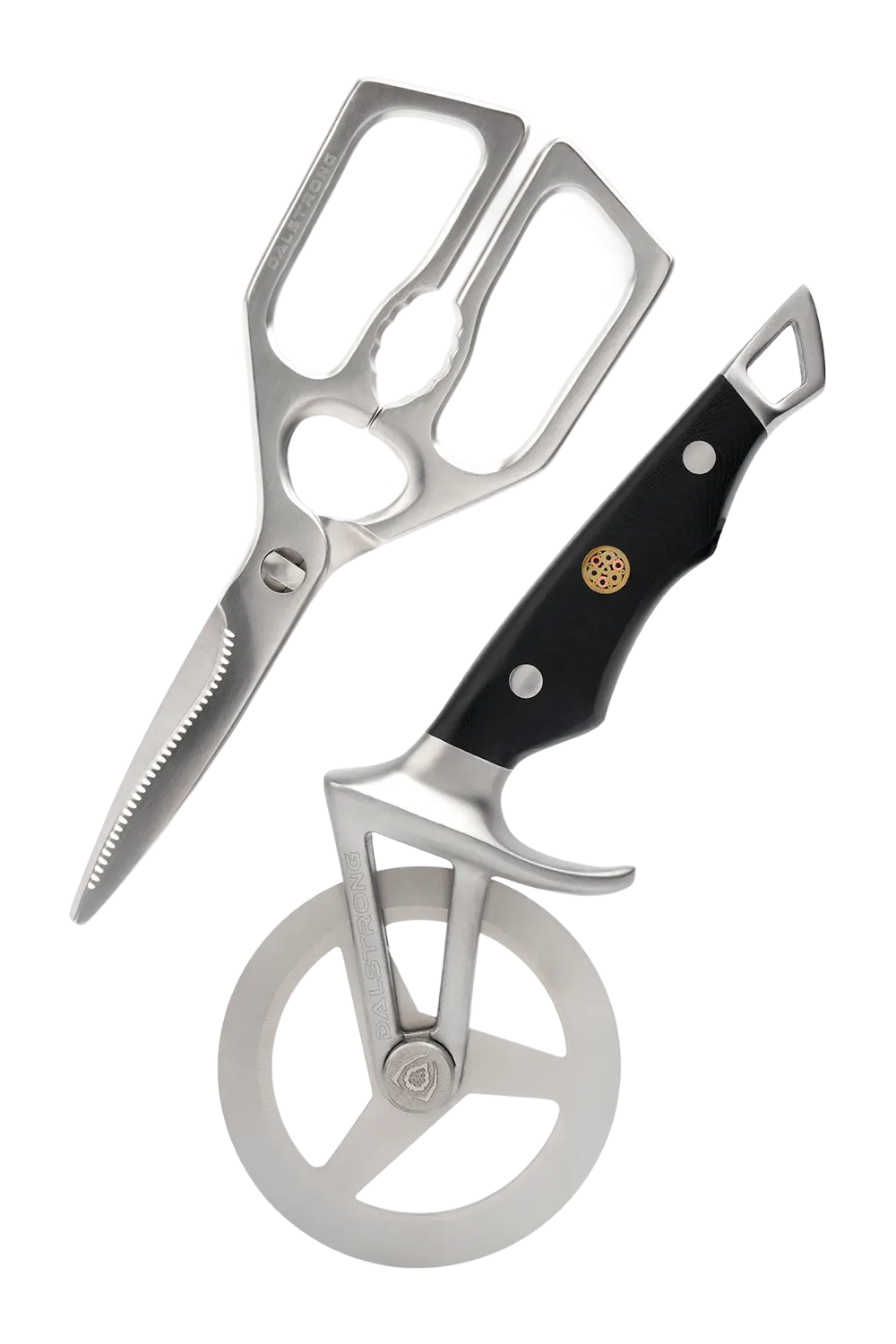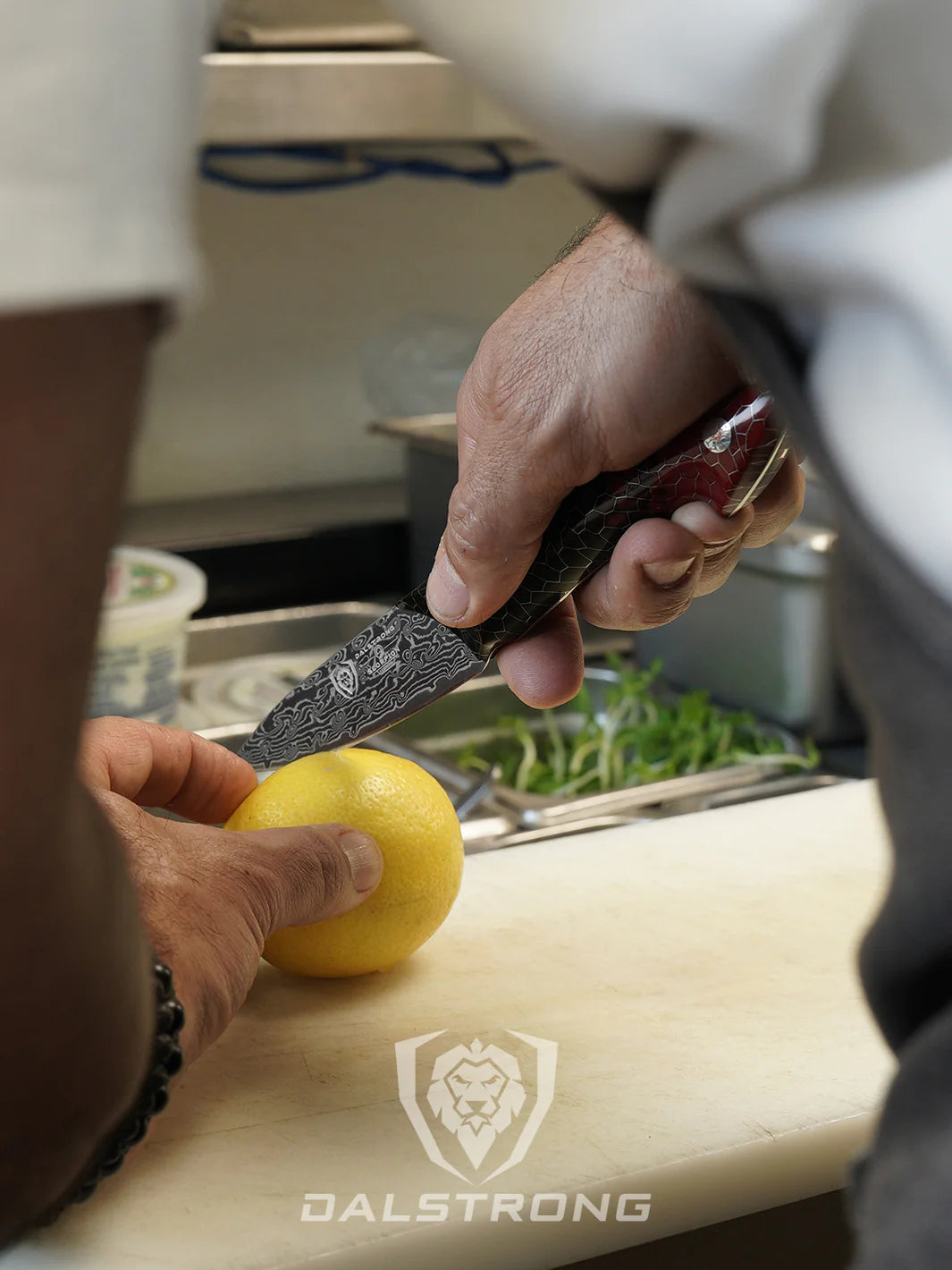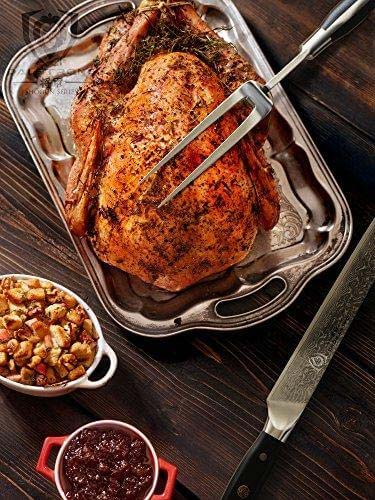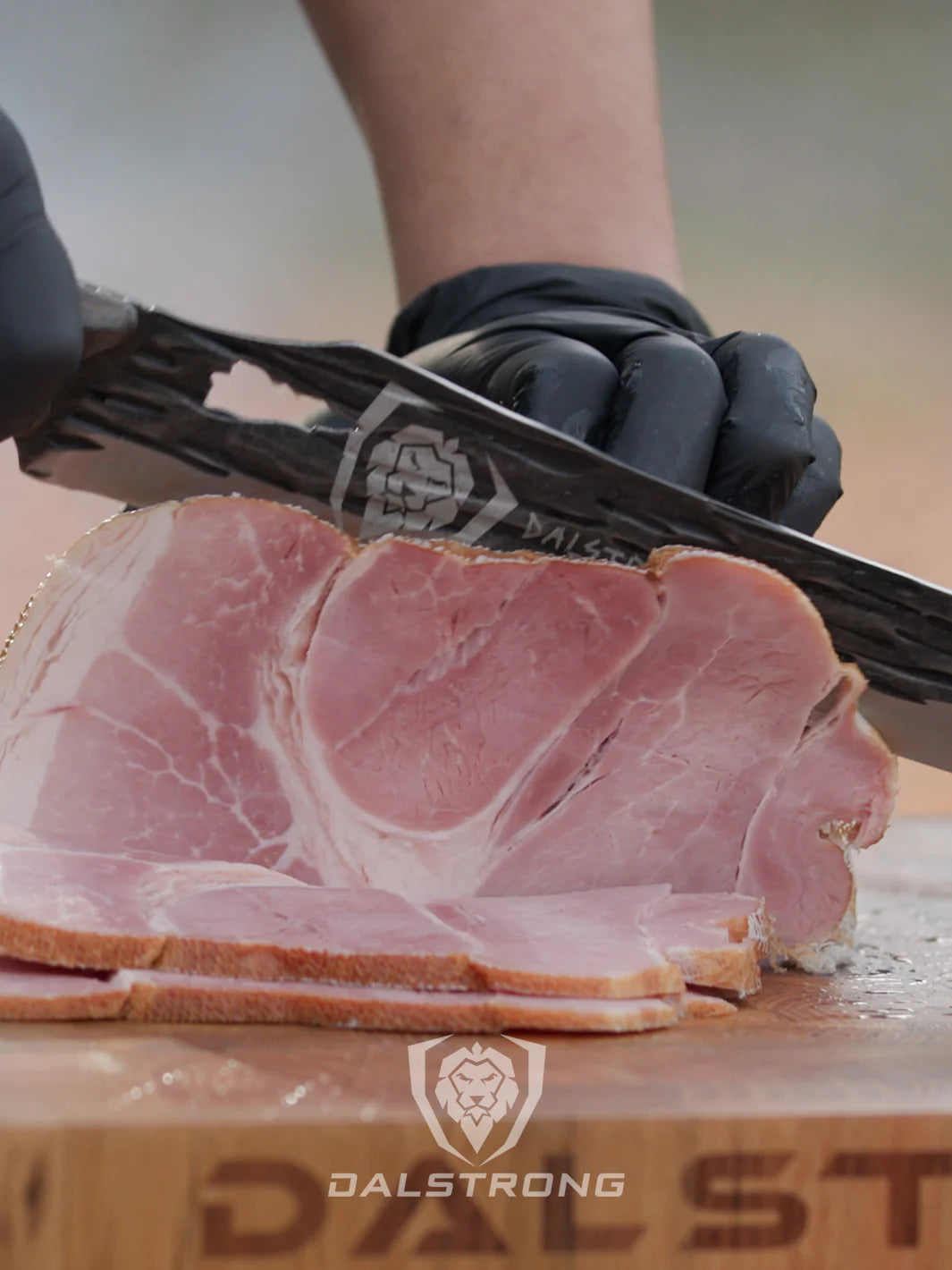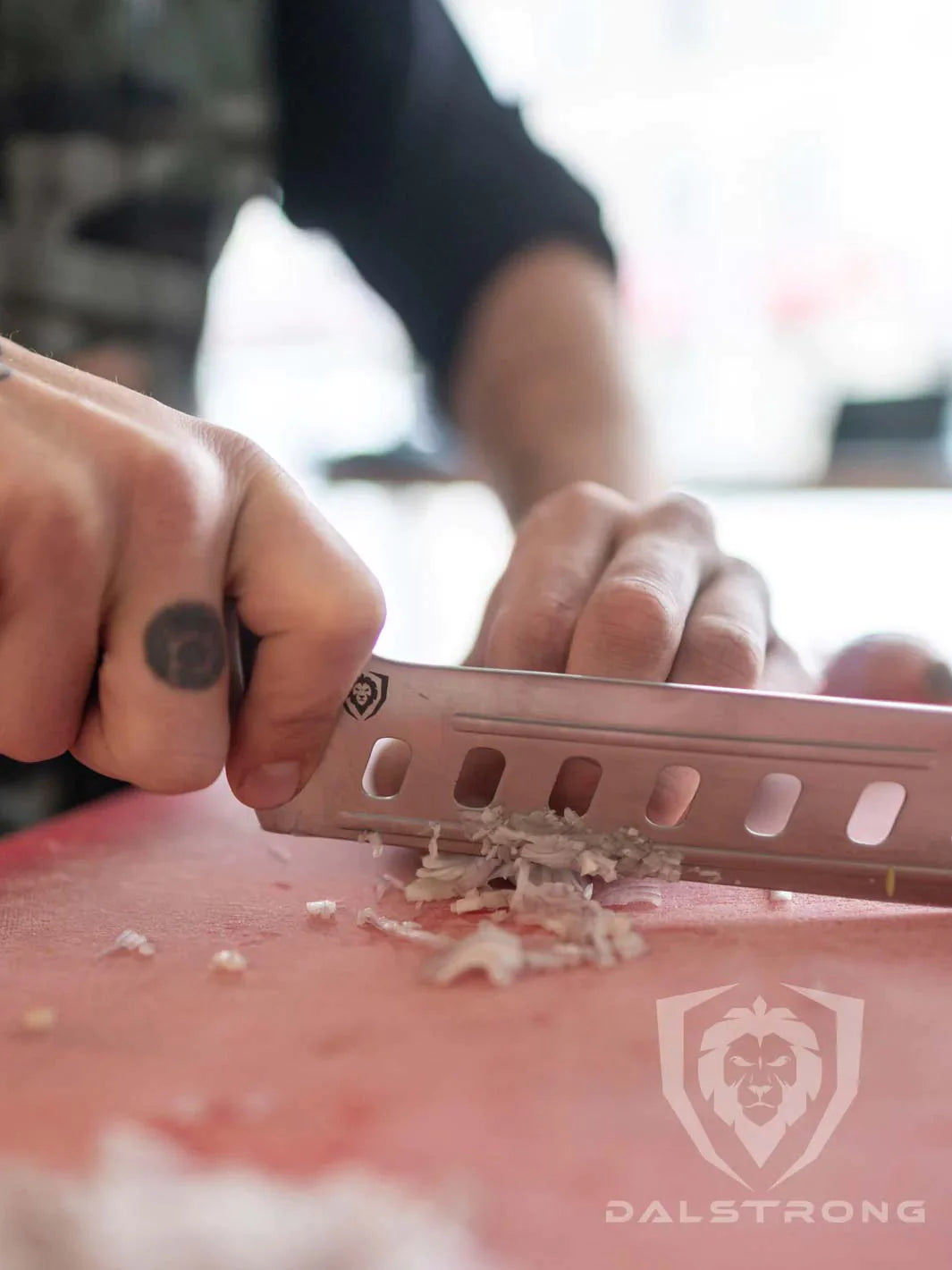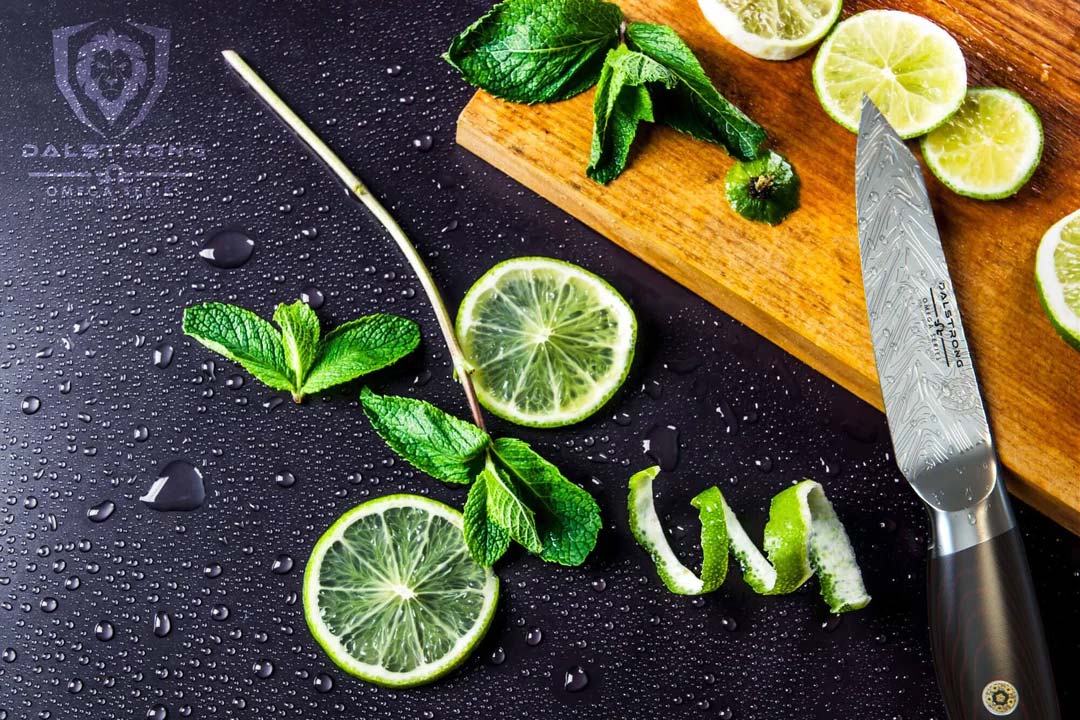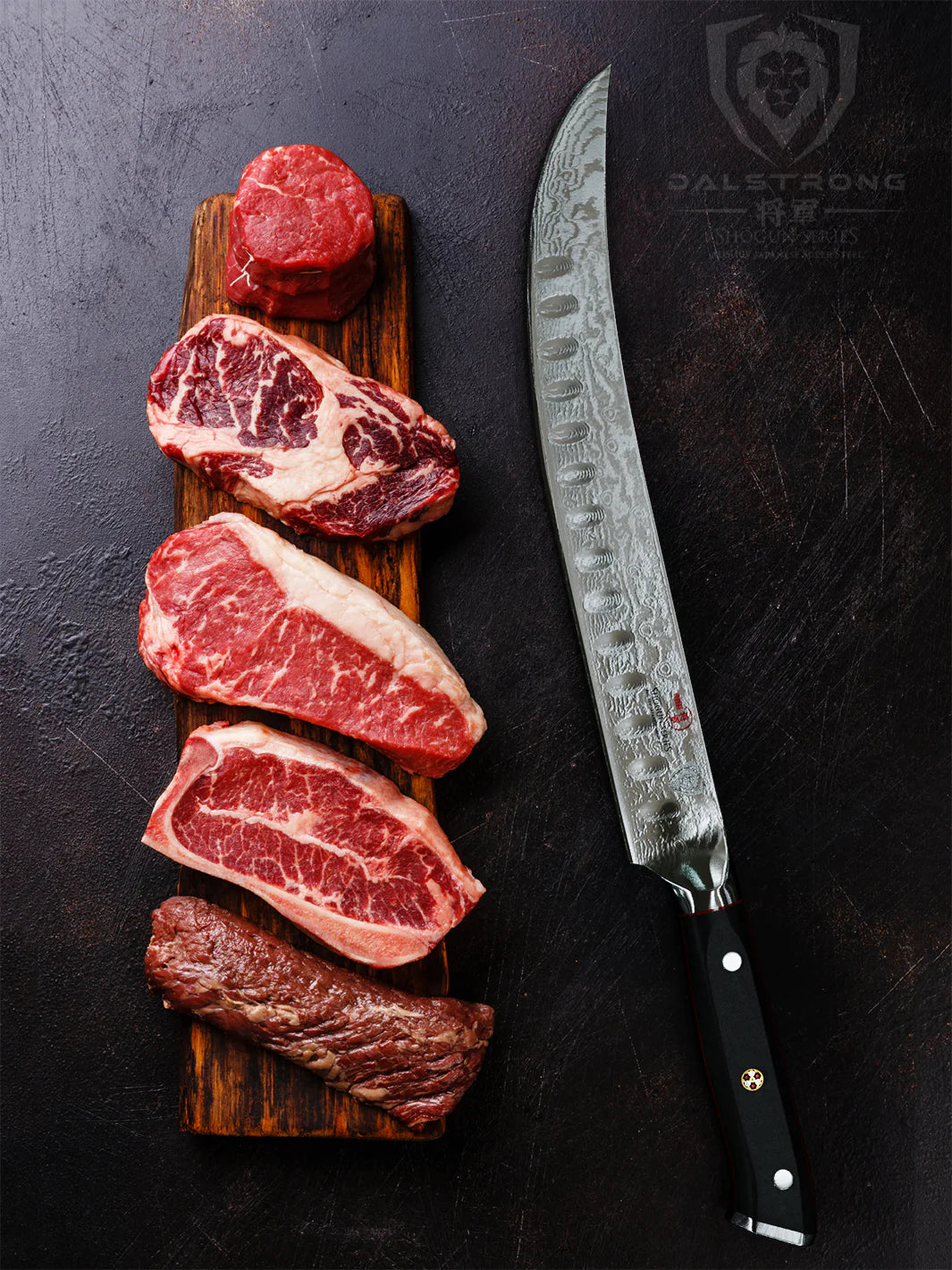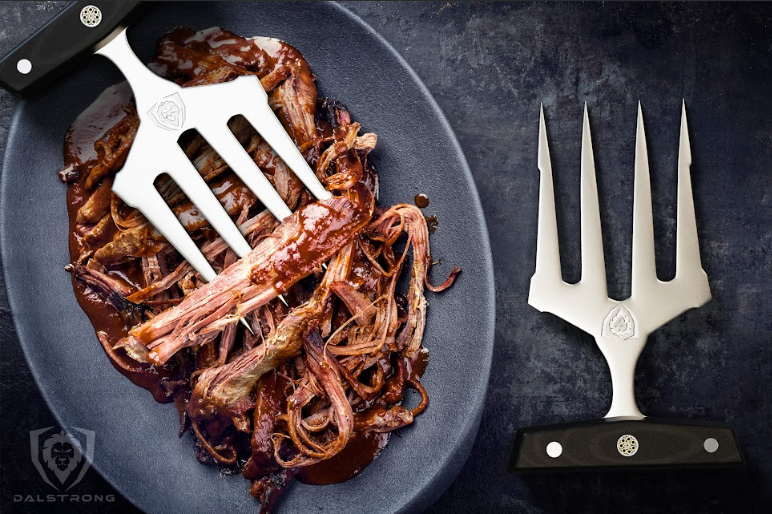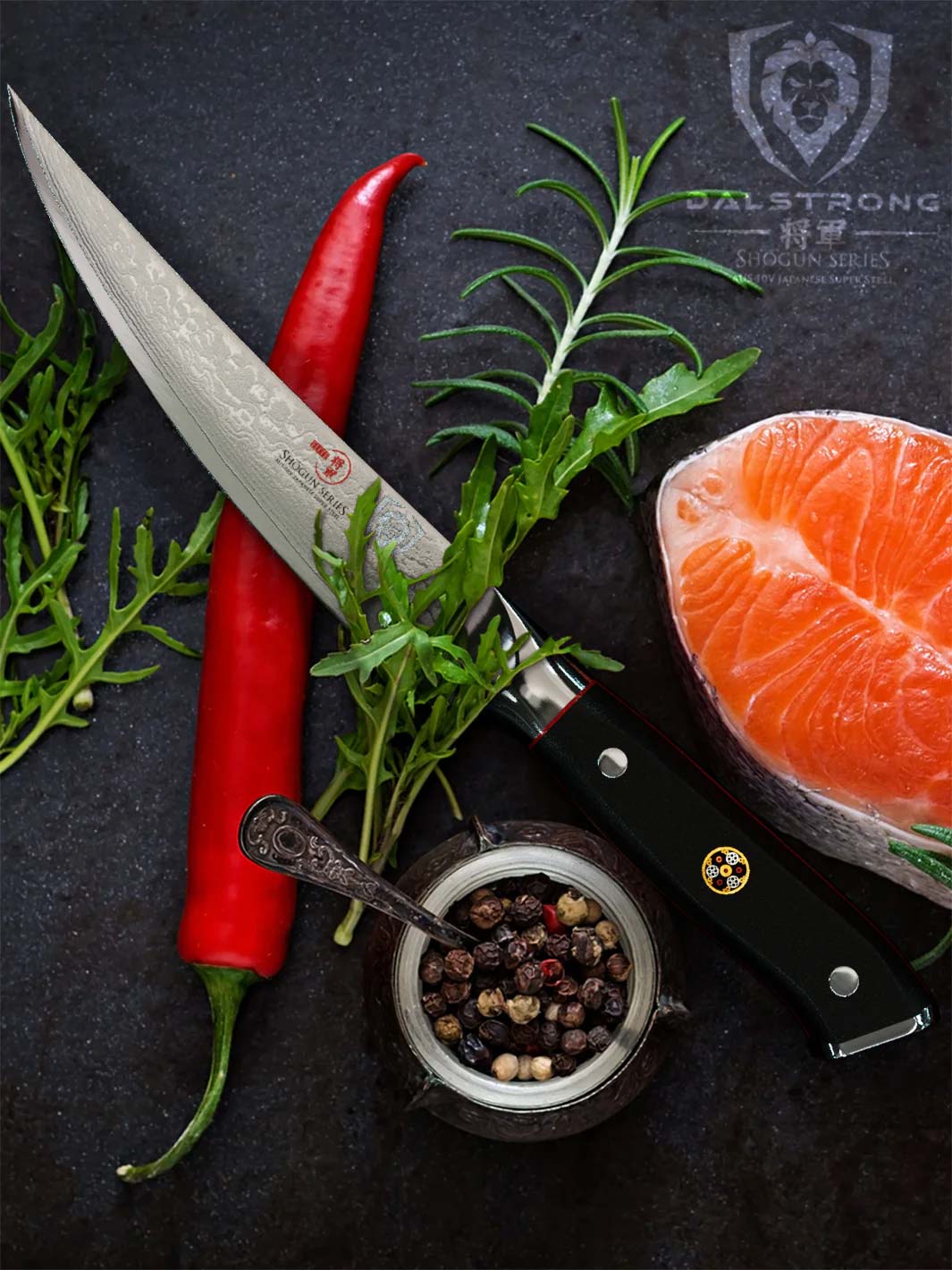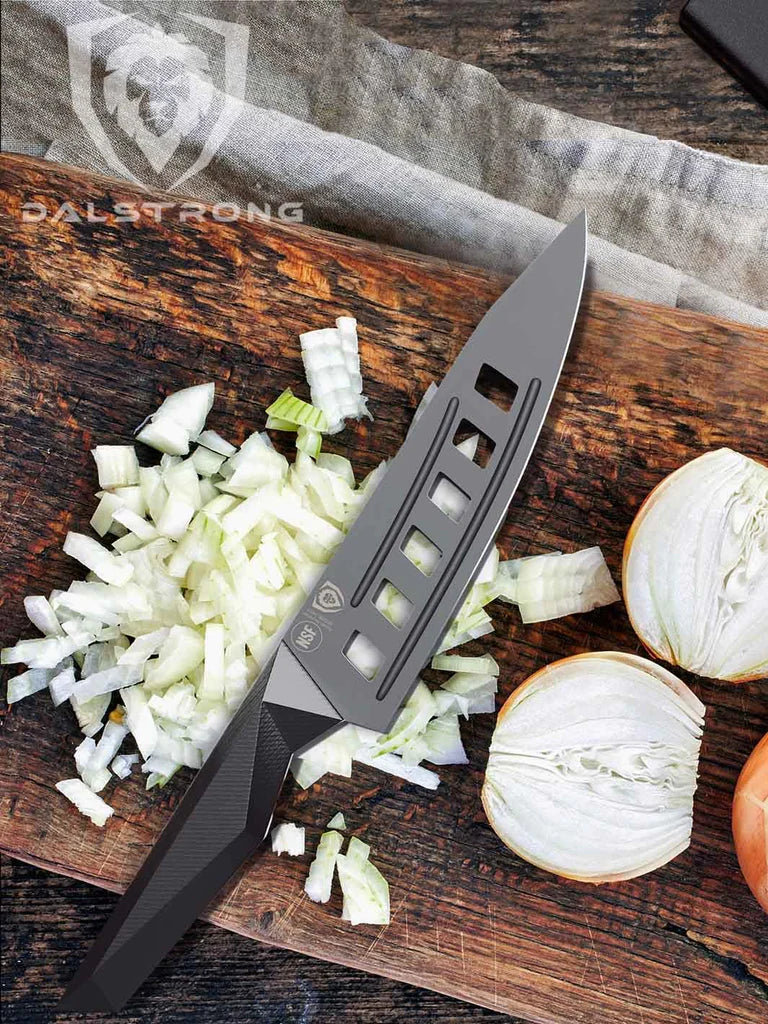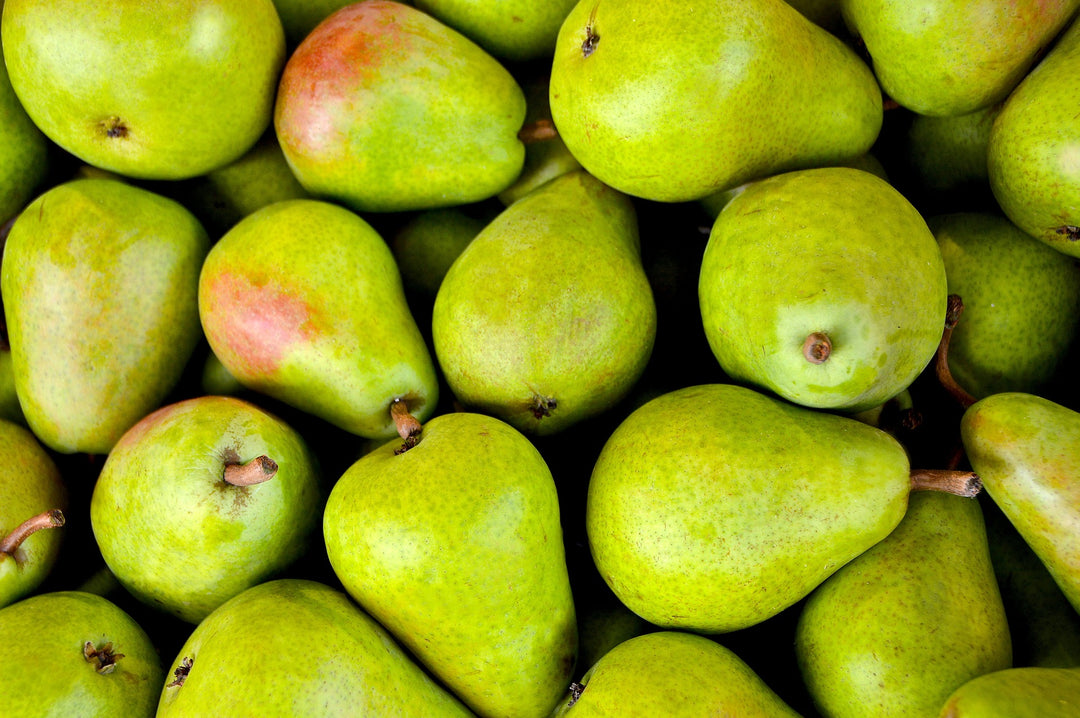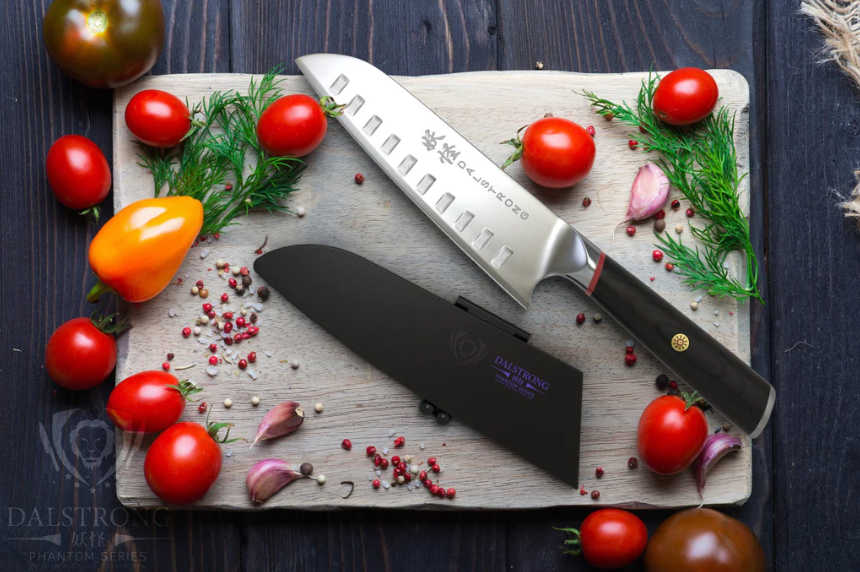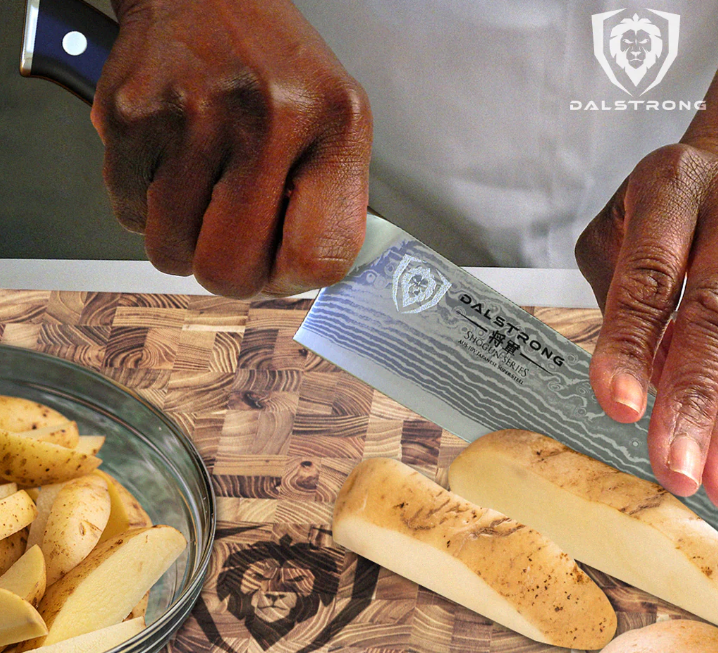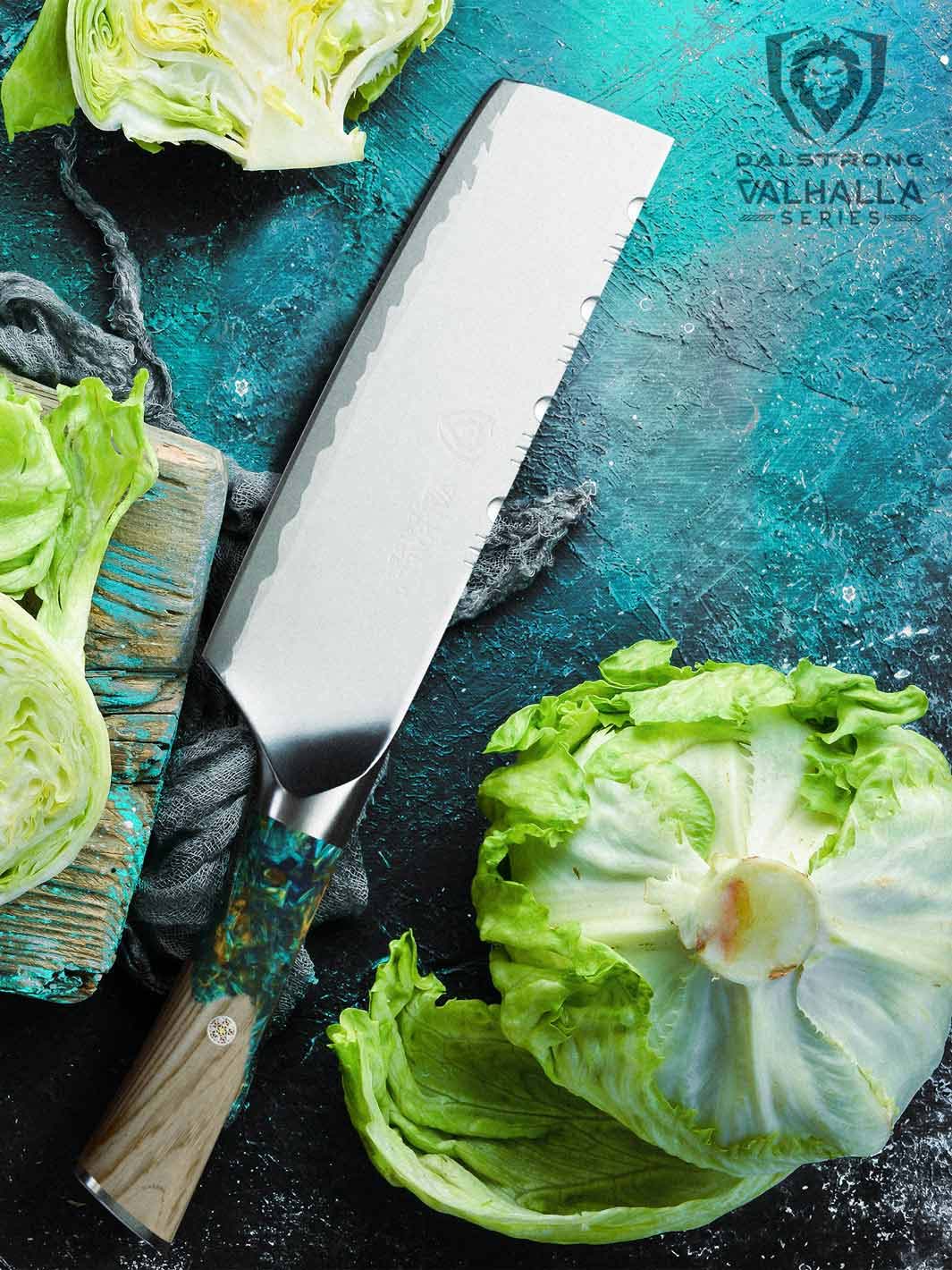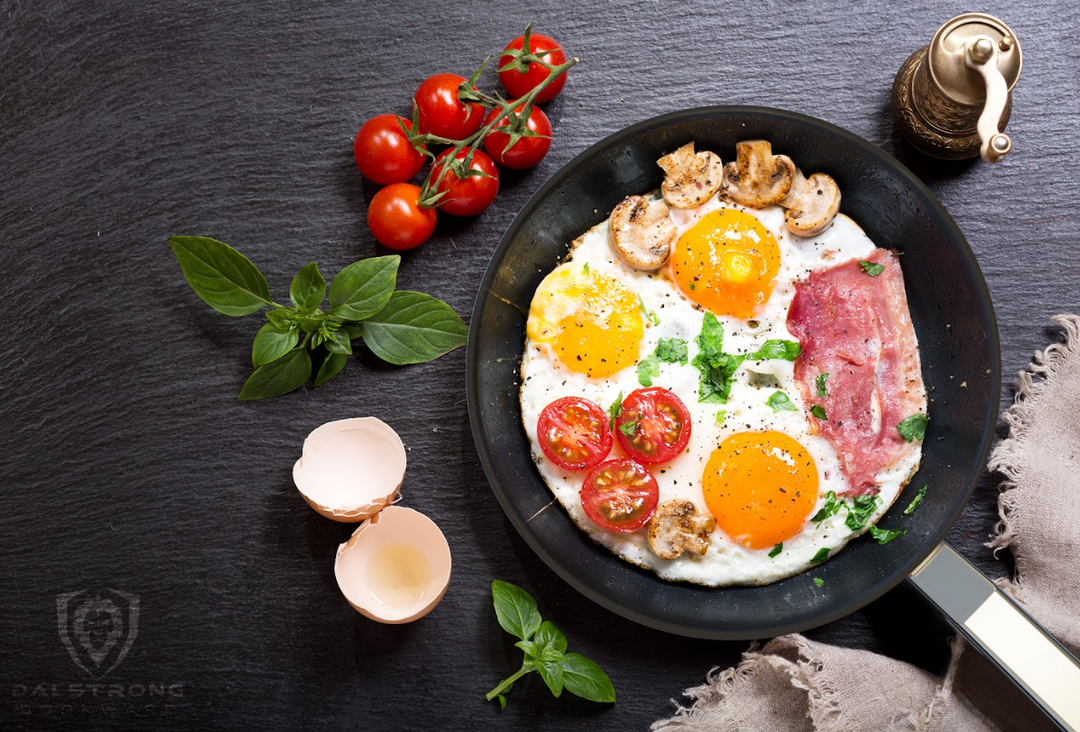How To Set A Table For Any Occasion

How To Set A Table:
- Determine what type of meal it is: causal, semi-formal, or formal.
- Find the appropriate elements for the meal you’re serving.
- Follow the FORKS rule: forks on the left, then the plate, then knives, then spoons.
- The knives should always be pointing toward the dinner plate.
- Drinks should be located on the right side, above the knives and spoons.
- Add decorative elements to bring your meal to the next level.
If you’re anything like me, you made it well into adulthood before coming to the realization that you are tragically lacking when it comes to the art of setting a table, something that was considered a basic life skill back in our parents’ generation.

I can’t be the only one who’s had this experience. You’re excited about hosting a dinner party at your own place. You have the menu meticulously planned out. You’ve cleaned your apartment thoroughly. You’ve even curated a 35-song Spotify playlist that is painstakingly designed to be pleasant, familiar, stimulating and unobtrusive. You have so much of this evening planned to a T.
Until it’s time to actually set the table. At that point, you’ll find yourself staring blankly at your tableware for several seconds, start to feel a stir of dread form in your stomach, and quietly panic as you realize you have no idea which plate or dessert spoon is supposed to go where. Not only that, but you have no idea how to make any of it look good. The clock is ticking and you now find yourself hastily scouring through the Internet for tips and tricks.
Except even the Internet’s no help, because there is just so much information available. Where do you even start? If you Google “how to set a table” you’re likely to come upon dozens of configurations for a formal dinner table setting, casual table setting, table setting for holidays and special occasions, you name it. Bread plates, dinner plates, soup bowl... it’s enough to make your head spin, and cause you to seriously start to resent your salad fork.
It’s happened to me. And once I made my way through the table setting Internet rabbit hole, I came out the other side with the necessary skills to make my dinner party a hit, as well as a stronger appreciation for all that goes into how to set a dinner table.
Let’s make things easy. We’ll give you a table setting 101, and we’ll lay it all out in one real simple, easy-to-follow article that covers different table setting possibilities to match your needs. Together, we can make your dinner party a truly memorable experience.
1. Why is it important that I know how to set the table?
If you tend to be the more pragmatic-minded person within your social circle, you might be asking yourself this question. Why is this even a thing? Aren’t etiquette conventions outdated vestiges of a bygone era with no real practical use? Wouldn’t it be simpler if we piled all our eating utensils together in the middle of the table and picked them up as we needed them?
The practical aspect of table setting
Firstly, let’s tackle this notion that etiquette has no practical use. This is, in large part, incorrect. Yes, there are a few conventions that seem completely arbitrary in this day and age, but there are also a large amount of rules (particularly as it relates to table setting, which we’ll get to in a moment) that were designed specifically as solutions to real-life problems.
The rules we are about to get into have been collectively agreed upon because they address how we eat. To give you an example: the order in which the utensils are arranged on the table corresponds with the order in which they are typically used, and it maximizes ease of access and use.
The butter knife isn’t placed there just because somebody decided it had to be that way.
It’s not that things have to be done a certain way -- it’s that there are methods that have been proven to improve the dining experience for guests.
The aesthetic aspect of table setting
Secondly, let’s think about what it would look like if we actually did pile all our utensils together and simply picked them up, one by one, as we needed them. Think of what the table would look like -- a haphazard, scattered mess, with no care or thought put into it. We’re better than that.
When we set our table, we are essentially designing our guests’ experience. We are showing them that we care about making this evening special for them, by making dinner delicious and aesthetically pleasing. Creating a festive tablescape sets a tone for the evening, just as much as your lighting and background music does.
Simply put: by putting in the effort with your table setting, you are sending a message. You’re saying “I care about you. It matters to me that you are comfortable. It matters to me that you enjoy yourself.” And isn’t that a nice thing to say to someone you’ve invited into your home?
2. What are the different parts of a table setting?

Before we dive into how to set a table, we should become familiar with the different elements that will make up our table setting.
Tablecloths, placemats and chargers / serving plates
If you really want to make your table setting pop, you can set an initial layer of color and texture by using a tablecloth. Of course, this is absolutely not required -- a lot of people forgo them altogether. But if you want to elevate the look of your table, or set a special mood for a particular festivity, a tablecloth is a good starting point.
Placemats can be used in a lot of table settings, both as a decoration and to protect the table itself. However, some may forgo them altogether in favor of charger plates (decorative serving plates atop which the smaller plates will be placed).
Utensils and flatware
If you are the kind of person who finds themselves Googling “how to set a table,” one of the main things on your mind is probably the large amount of utensils you have to deal with. Your brain may be running wild with ideas about a dozen different types of forks you have to learn to place, and a distressing amount of spoons of various sizes.
We’re here to set your mind at ease. It’s simpler than you think.
Most commonly, a flatware set will include a table knife, table fork, soup spoon, dessert spoons, dessert knives, dessert forks, and a teaspoon. And that may sound like a lot. But one key rule to internalize here is that you will only include utensils that will actually be used. Is soup not on the menu? Let’s leave out the soup spoon then. Once you see things through this lens, it all seems less daunting and overwhelming.
It should go without saying, but when you have people over, you want to really bring out the “big guns” when it comes to quality. If you have a particularly impressive set of cutlery (for example, some really good steak knives) this is their time to shine.
Plates and glassware
Plates, cups, bowls, saucers, platters and other types of serving pieces. Glassware will include wine glasses, as well as water goblets. Of course, the same principle from earlier will apply: if you’re not going to be using it, leave it out.
Depending on the vibe of your get-together, you might want to either keep things elegant with a uniform look, or go eclectic by mixing and matching your plates.
Extras and decoration
Those are the essentials, but you can continue to build on them by throwing in a few additional elements. For example, the salt and / or pepper shaker can make an appearance. if you have the space, you could incorporate a decorative centerpiece, or bring in a bit of greenery. Once you have the basic table setting down, it’s up to you whether you want to keep it simple or keep building on the foundation.
3. What are the different types of table settings?
Depending on how granular you want to get, there might be as few as two or as many as a half dozen types of table settings, based on different occasions and festivities. For the purposes of this article, though, we’re going to be grouping them into three types of table setting which should roughly cover all the common dining scenarios.
In order of increasing elaborateness, they are:
- Casual table setting / everyday table setting
- Informal table setting / semi-formal table setting
- Formal table setting
Let’s dive into each one.
4. How to set a table for casual / everyday dining

Dalstrong Crusader Series Chef Knife
Table setting doesn’t have to be synonymous with elaborate dinner party. The casual / everyday table setting is an extremely easy, straightforward and practical configuration that you’ve probably already set hundreds of times without even realizing you were doing it. All it requires is a placemat, flatware, a dinner plate, a drinking or wine glass, and a napkin. This is a setting for a simple, no-frills meal at home.
Let’s talk about FORKS. No, I don’t mean the utensils, but rather the FORKS rule. It’s an easy visualization tool for remembering the order in which utensils should be arranged based on ease and comfort.
Think of the word “forks”. The order of the letters corresponds with the order of the elements on the table. F stands for fork, which should be on the left side (since that’s the hand we hold it with… remember what we said earlier about etiquette mirroring practical use?).
The O represents the plate. The K means knife, and S means spoon. This holds true throughout all these table settings, even the ones that have several knives and forks.
Center your dinner plate on the placemat, and then a napkin about an inch to the left of the plate. Then, follow the FORKS rule to setting the elements: the dinner fork goes on the napkin, then there’s the plate, then to the right of the plate is the dinner knife (the blade should always be pointing at the plate). The spoon goes to the right of the knife, and your drinking glass should be above and to the right of the plate.
Since these types of meals don’t typically involve multiple courses, that’s all you need to do.
5. How to set a table for informal / semi-formal dining
This is closer to what you probably had in mind when you decided to research how to set a table. The informal / semi-formal table setting is like an expanded, more elaborate version of the casual / everyday table setting, incorporating a few additional elements.
If you’re hosting a birthday party, a semi-formal holiday celebration, or simply having friends over to celebrate the joy of our fleeting existence, this is likely the table setting you’ll end up going with.
Once again, start by setting down your placemat and then center the dinner plate on it. If you’re having salad, the salad plate should go atop the salad plate directly in the center. If you’re having soup, the soup bowl should go atop the salad plate.
The napkin can go to the left of the plate, like on the previous table setting, or it can be placed on top of the dinner plate. Follow the FORKS rule: left-to-right it’s forks, then plate, then knives, then spoons. If you’re serving salad, the salad fork should go to the left of the dinner fork.
Think of it this way: the “main” silverware should always stay closest to the dinner plate, as it will be used for the main dish.
As far as glassware: your drinks should always go on your right side. Your water glass should be directly in front of the knife, with its point facing straight at it. Your wine glass should go diagonally to the right and slightly above the water glass.
As each course is completed, you’ll take away the utensils and plates that were used, gradually stripping away until only the dinner plate is left along with the main silverware.
6. How to set a table for formal dining

Diagram of elaborate formal dinner table setting
This is the big one! (And that's why we added the helpful diagram) But it doesn’t actually have to be so scary. Just like before, this is just an expansion of the previous table setting. Let’s talk about what sets the formal dining setting apart.
It’s common for formal table settings to forgo placemats altogether in favor of charger plates. They also usually consist of more courses, so they involve more plates and flatware. These things contribute to it appearing so much more complex and involved, but it’s not actually that different.
Sometimes formal dinners will involve a bread and butter plate. In that case, the bread plate should be placed diagonally to the upper left, with the butter knife laid out horizontally on top of it.
Since formal dinners also usually involve dessert, there will be a dessert spoon (or cake fork) placed horizontally directly above the plate. Their horizontal position conveys that they are to be used after the main course.
The plate itself should be placed atop a charger plate, and on top of it there will be a salad plate which will itself carry a soup bowl (these are optional elements that may not appear in every formal dinner). Like a nesting doll situation, but with plates.
As far as silverware setting, the FORKS rule still applies: forks on the left, then the plate, then knives, and then spoons. The salad fork should go on the outer edge, while the main dinner fork will remain closest to the plate. The same applies on the right with knives and spoons.
And there you have it.
See? It’s really not as intimidating as it seems at first. And you may be serving more courses, or making slight alterations to the table settings we’ve presented here. But the core concepts should hold true throughout. After all, these table setting rules are based on how we eat, not vice versa.
A dinner party is a joyful occasion, and your guests will surely have a great time regardless of what you decide to do as far as table setting. But going the extra mile, incorporating decorative elements, and following these etiquette conventions will go a long way towards communicating to your guests how important they are to you, and making your dinner party an absolute hit.
What now?
Well now that you know how to set the perfect table for any occasion, you might be wondering what food you should cook. Fear not, Dalstrong's Chef Blog has you covered.
Among the many tips and recipes, you'll find;
- How To Make Alfredo Sauce
- How To Make Hot Sauce
- How To Make Sushi
- How To Cook Salmon
- How To Cook A Turkey
- How To Grill Pork Chops
- And much more...
Check Out Dalstrong's Steak Knives Today
ALL Dalstrong knives come with a 70 day money back guarantee!
Written by Jorge Farah
Born on the coast of Colombia and based in Buenos Aires, Jorge is a cooking enthusiast and kitchenware obsessive with a tremendous amount of opinions.























































































































